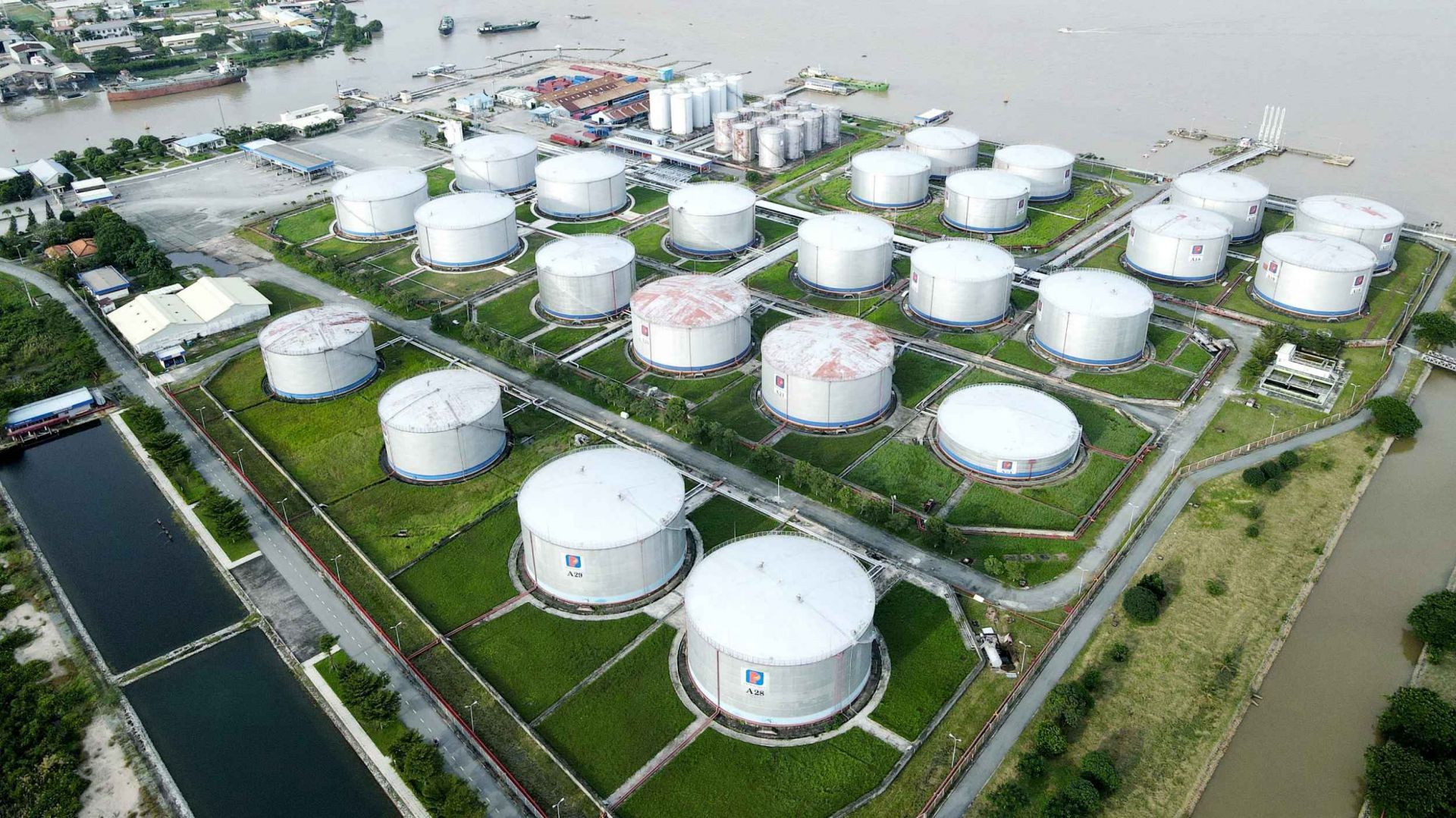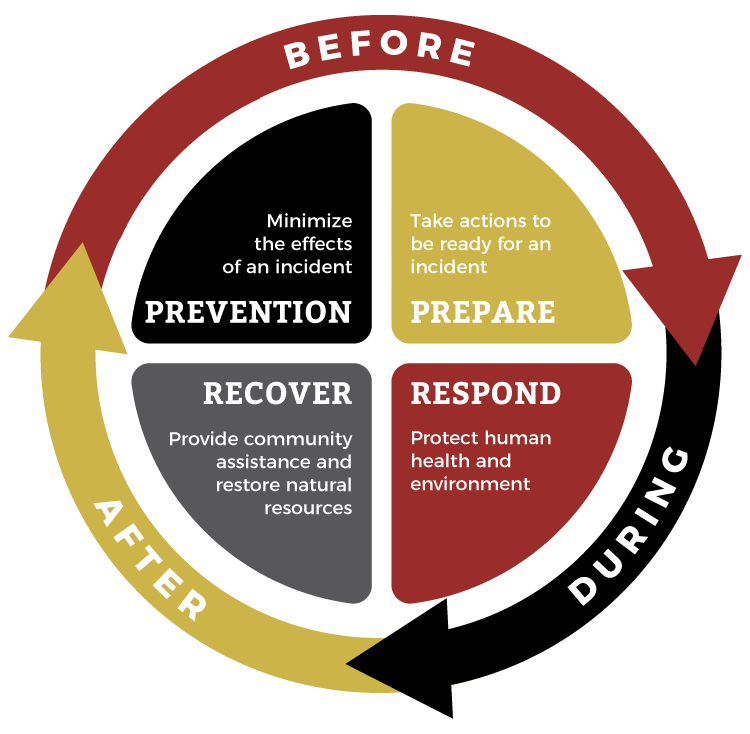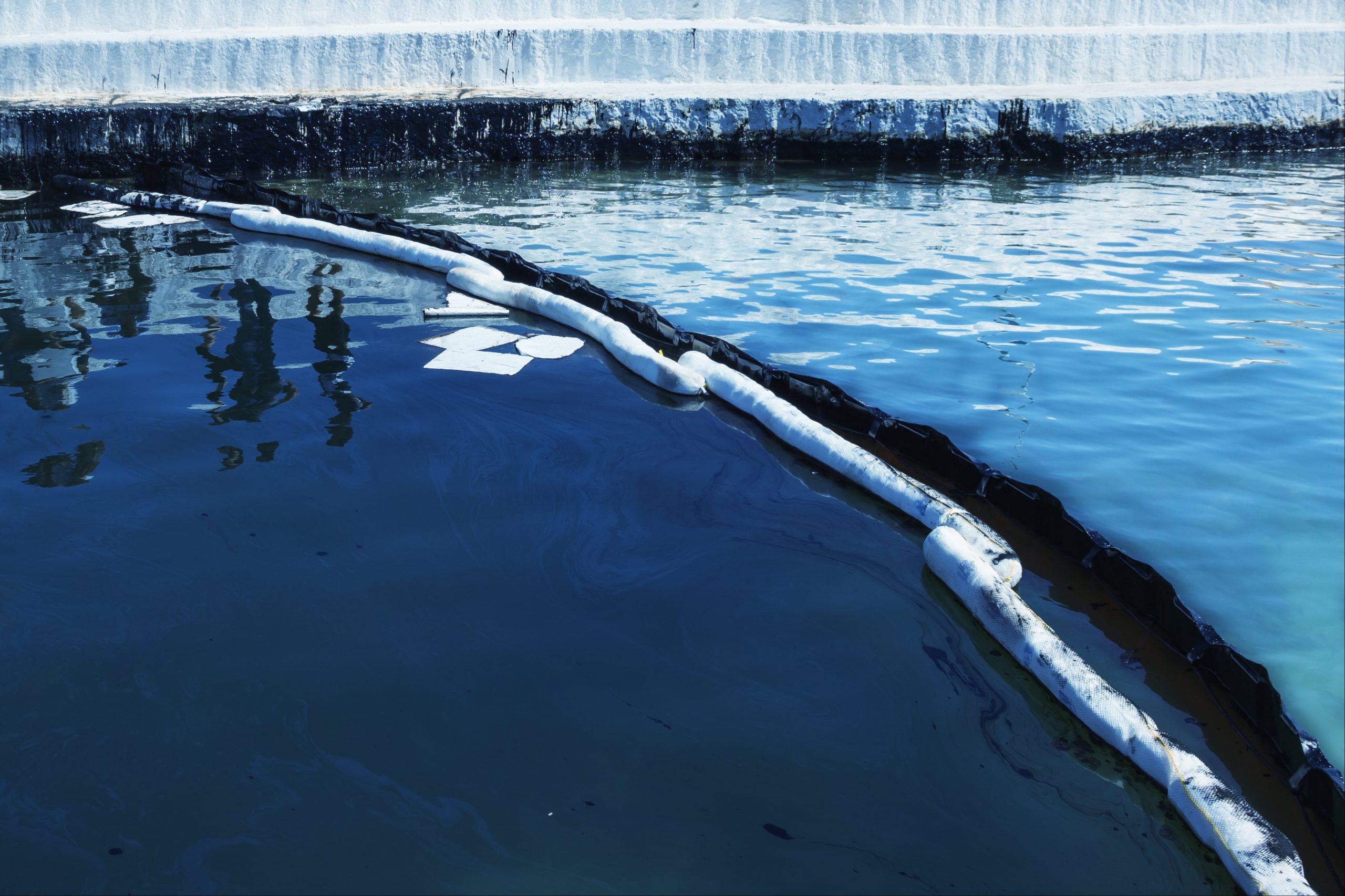
1. What is an oil spill response plan?
An oil spill response plan is a legal framework designed to control oil spills to promptly prevent the negative consequences of such incidents. It also aims to quickly identify solutions to restore the environment to its pre-contamination state.
Developing an oil spill response plan is the first and most crucial step in evaluating the effectiveness of drills and emergency response activities. The plan is based on actual surveys of the unit and hypothetical scenarios closely aligned with potential real-life situations. This approach allows for the creation of preventive measures and specific response plans, ensuring readiness to effectively address incidents quickly, thereby minimizing impacts on people and the surrounding environment.

2. Legal Documents Governing Oil Spill Response Plans
- Decision No. 133/QD-TTg dated January 17, 2020, by the Prime Minister on the issuance of the NATIONAL PLAN FOR OIL SPILL RESPONSE.
- Decision No. 12/2021/QD-TTg dated March 24, 2021, by the Prime Minister on the issuance of REGULATIONS ON OIL SPILL RESPONSE ACTIVITIES.
- Decree No. 30/2017/ND-CP dated March 21, 2017, by the Government on the issuance of REGULATIONS ON ORGANIZATION AND ACTIVITIES OF DISASTER RESPONSE AND SEARCH AND RESCUE.
- Environmental Protection Law dated June 23, 2014.
- Vietnam Maritime Code dated November 25, 2015.
- Inland Waterway Traffic Law dated June 17, 2014.
- Recommendations from the Ministry of National Defense, Ministry of Natural Resources and Environment, and the National Search and Rescue Committee.
- Decision No. 22/2017/QD-UBND dated June 12, 2017, by the Hanoi People’s Committee on the issuance of REGULATIONS ON THE PREPARATION, APPRAISAL, AND APPROVAL OF
- OIL SPILL RESPONSE PLANS for ports, facilities, and projects in Hanoi.
3. Entities required to develop oil spill response plans
Entities that must develop oil spill response plans include:
- Fuel trading facilities.
- Offshore oil and gas projects.
- Oil spill response centers.
- Oil tankers with a capacity of 150 tons or more.
- Other vessels with a total capacity of 400 tons or more.
- Vietnamese oil tankers with a total capacity of 150 tons or more involved in ship-to-ship oil transfer in Vietnamese waters.
4. Content of the Oil Spill Response Plan
The oil spill response plan includes the following contents:
- Operational Description: Describes the activities of the facility or project.
- Risk Assessment: Evaluates potential risks that could cause oil spills.
- Impact Assessment: Assesses areas that would be affected in the event of an oil spill.
- Resource List: Lists the resources and equipment that will be used in the response.
- Organizational Structure: Defines the organizational structure and assigns responsibilities and authorities.
- Implementation Procedures: Outlines the procedures for controlling and implementing the oil spill response.
- Training and Drills: Plans for training and updating the response plan to ensure readiness.
Key Points in the Oil Spill Response Plan
– Situation Assessment:
- Geographic characteristics of the facility.
- Meteorological and hydrological conditions.
- Nature, scale, and characteristics of the facility.
- Environmental protection structures in operation.
– Response Forces and Equipment:
- On-site response personnel.
- External support forces and equipment.
– High-Risk Areas:
- Oil storage tanks.
- Pumping stations.
- Pipeline systems.
- Tanker loading areas.
– Impact of Oil Spill:
- Environmental impact.
- Health impact on humans.
- Fire, explosion risk, and economic losses.
– Response Organization:
- Leadership directives.
- Response principles.
- Response measures.
– Cleaning and reusing oil-contaminated equipment.
5. Steps to implement the oil spill response plan
- Draft a Petition: Create a petition for approval of the oil spill response plan.
- Develop the Plan: Develop the response plan following the guidelines provided by relevant decisions and directives.
- Submit the Plan: Submit the plan to the Department of Natural Resources and Environment.
- Defend the Plan: Present and defend the response plan.
- Prepare Materials: Prepare materials and equipment for oil spill response and handling.
6. Where to Purchase Oil Spill Response Materials?
Currently, specialized materials for oil spill response include oil absorbent pads, booms, rolls, pillows, cotton fibers, cleaning powders, microbial powders, spill kits, and more. BIG NANO TECHNOLOGY LLC is a leading producer and distributor of oil spill and chemical spill response products in Vietnam. BIGNANOTECH’s products have been used by many major fuel companies in Vietnam and exported to international markets.
For more information on products and industrial cleaning solutions, please contact:
BIG NANO TECHNOLOGY
Hotline: (+84) 879 808 080 – (+84) 868 939 595
Email: sales@bignanotech.com









